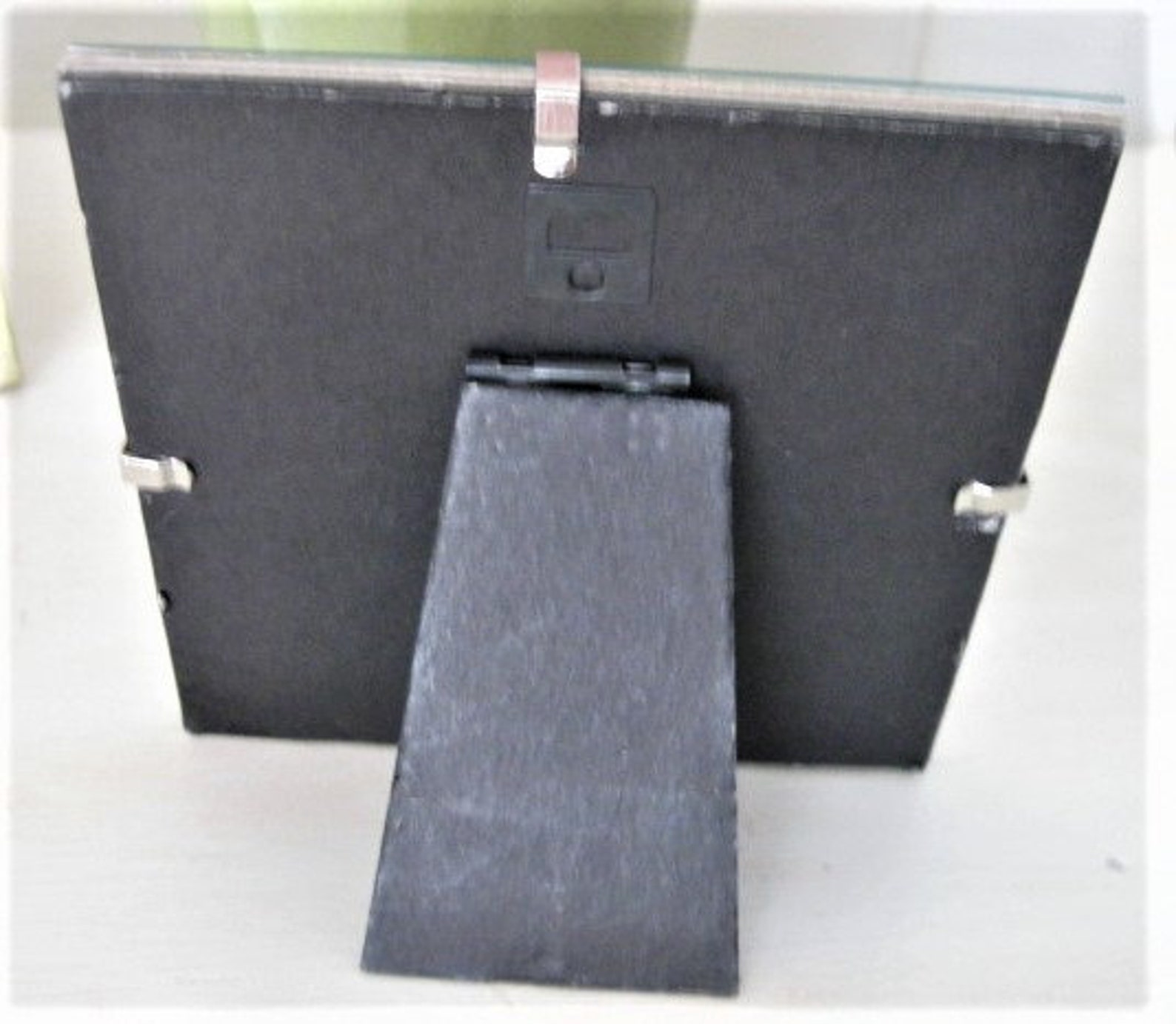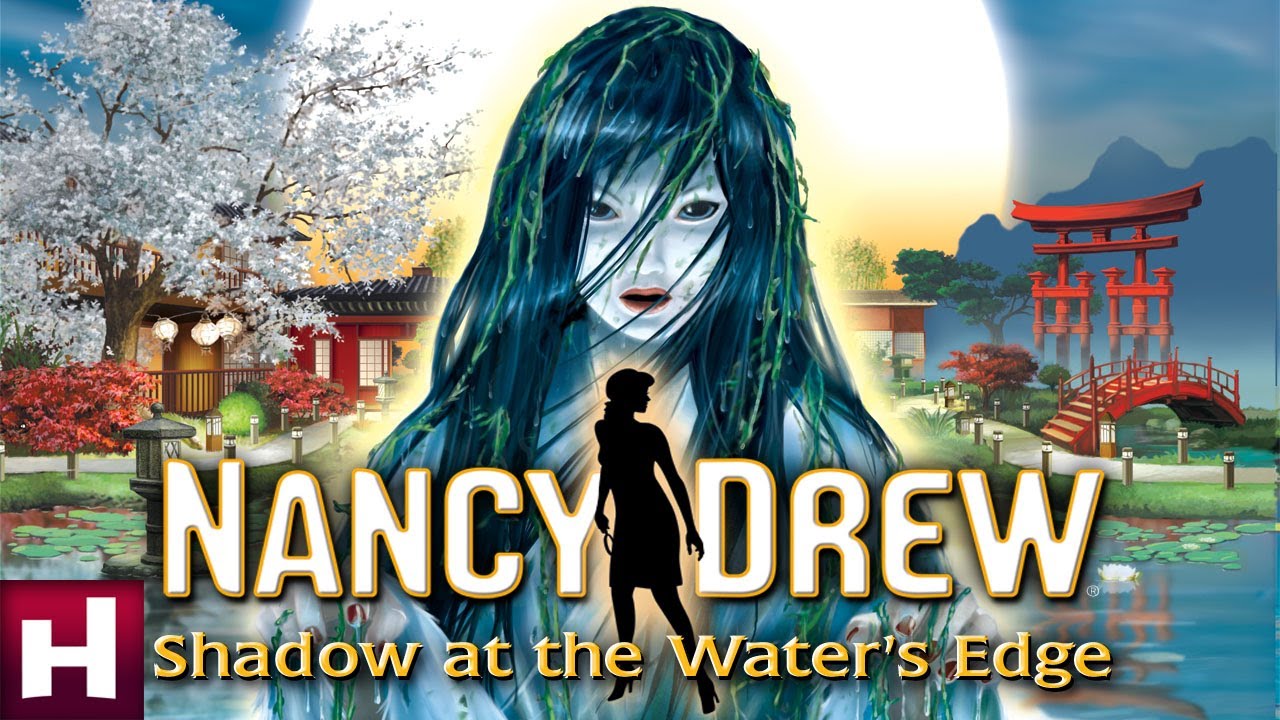

(The NASA program that focuses on finding and studying exoplanets is managed by JPL.) Later, the director of JPL was on vacation at the Grand Canyon with his wife, and they saw a similarly styled poster that reminded them of the exoplanet posters. Each poster went through a number of concepts and revisions, and each was made better with feedback from the JPL experts.ĭavid Delgado, creative strategy: The posters began as a series about exoplanets - planets orbiting other stars - to celebrate NASA's study of them. You can use this method to add textures and patterns to your frames as well, because it ensures that your additions are limited to the shape you've created.įor those of you who don't want to shell out money for Creative Cloud, GIMP offers similar features to Photoshop and is worth exploring.Background: A creative team of visual strategists at JPL, known as " The Studio," created the poster series, which is titled "Visions of the Future." Nine artists, designers, and illustrators were involved in designing the 14 posters, which are the result of many brainstorming sessions with JPL scientists, engineers, and expert communicators. Hold down the Shift button and using the mouse, grab one of the corners of the image, and drag to resize. To resize it, select the Rectangle Marquee tool (keyboard shortcut M), right-click the image, and select Free Transform.You can move the image within the confines of that shape using the Move (keyboard shortcut V) tool.



Add the photo as an additional layer in your design.After you've designed your frame, add a box or rectangle indicating exactly where the photo is going to go.


 0 kommentar(er)
0 kommentar(er)
